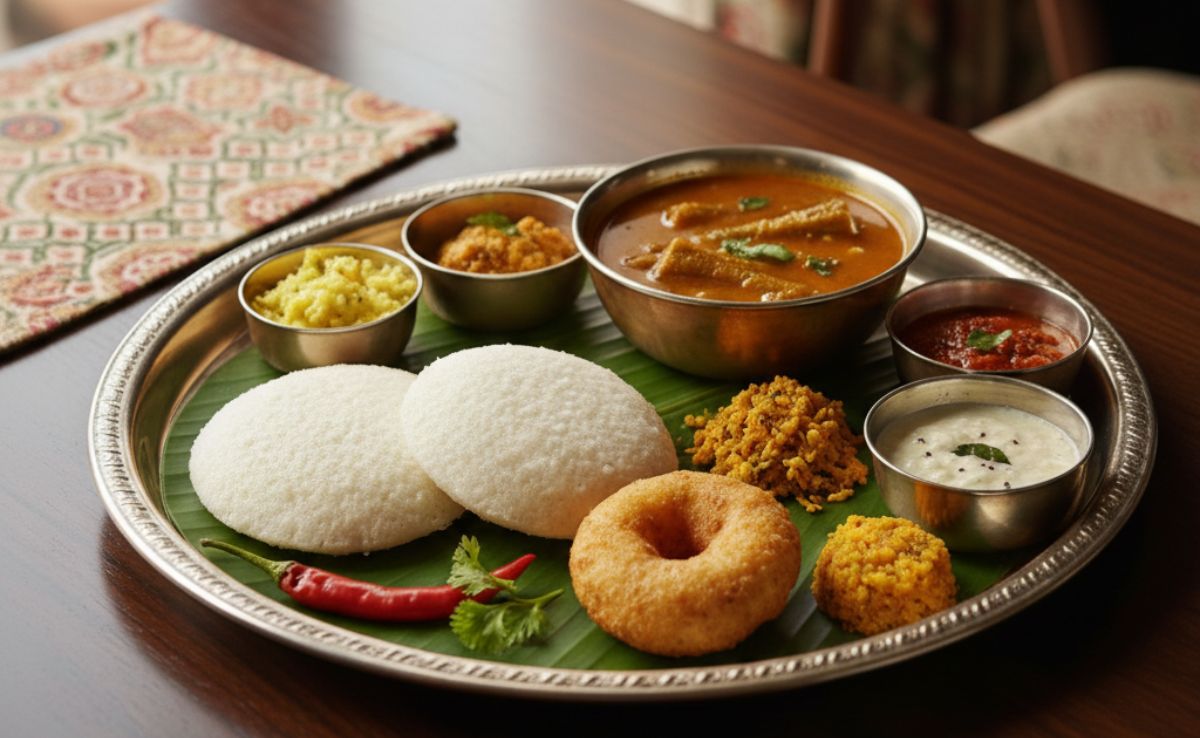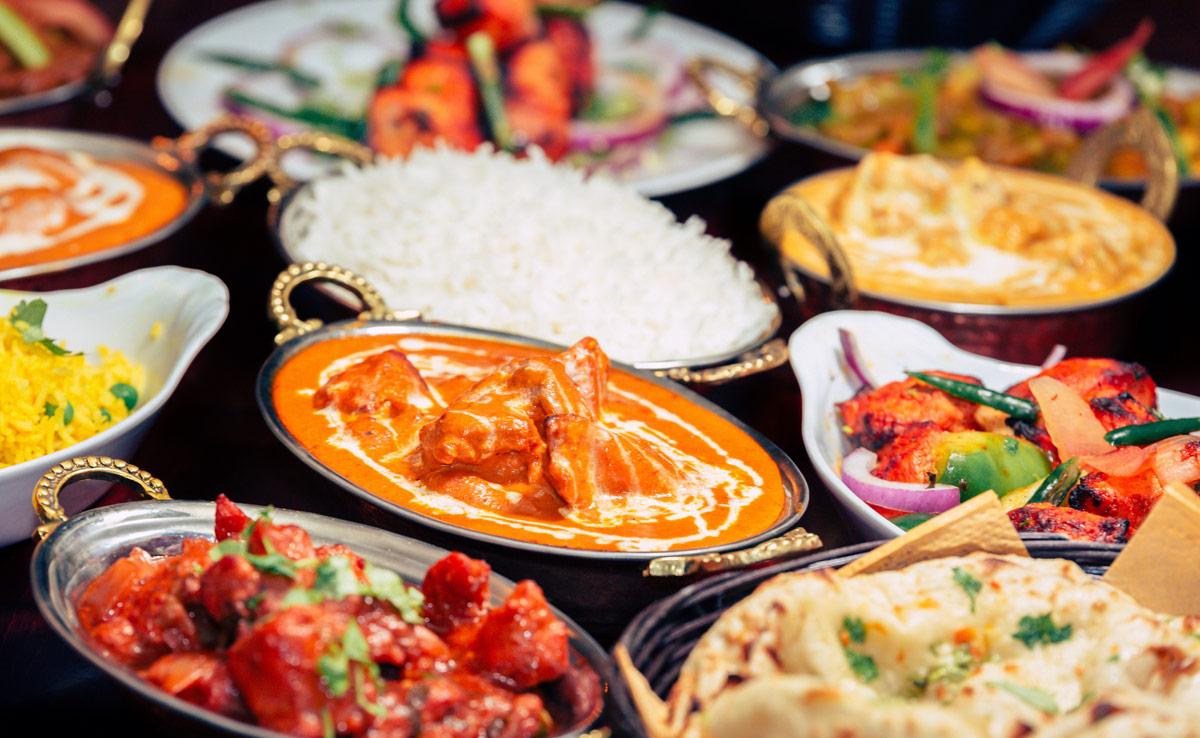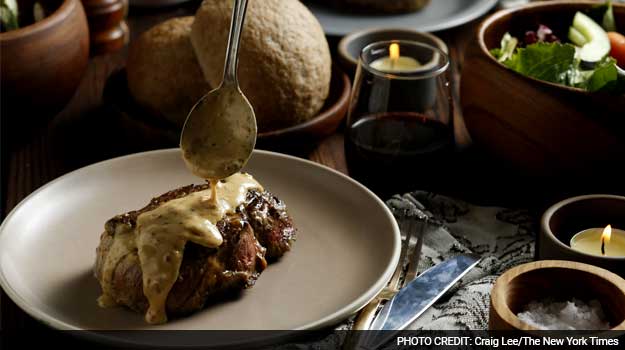A dish of steak Diane in Richmond, Calif., Dec. 8, 2015. Some hate a Valentine’s Day dinner out, saying it's too impersonal and not romantic enough. Steak Diane – a classic of mid-20th-century fine dining that was generally prepared table side in a whoosh of brandy flame, can be a romantic at-home meal.(Hey, Mr. Food Editor)Q: I’m a millennial in a New York City apartment with a small kitchen, and my question for you is what cooking essentials does a moderately skilled home cook need? A chef’s knife and a paring knife, obviously, but what else do you think is important? A food processor? A pressure cooker?
A: You don’t need a pressure cooker. A food processor is nice to have, but you don’t need that either. What you need in addition to your knives is a pair of tongs, a wooden cutting board and a good, big, lidded sauté pan of the sort you can buy at a kitchen supply shop for around $40. Also, an enameled Dutch oven for stews, soups and roasting chickens (they’re spendy, so keep an eye out for sales, or go to Ikea), as well as a half sheet pan and a bunch of aluminum mixing bowls. Maybe a colander. Aspire to a rice cooker, and buy one when they clip your boss at work and give you her job.Q: You are an inspiration to me for your approach to everyday cooking. However, you do it as part of your job, which makes it inherently manly. I too love to cook every day. My problem comes when I tell friends about my cooking habits. Most of them don’t seem to know what to do with me, and usually I get a raised eyebrow and comments along the lines of “That must really make your wife happy.” It does, but apparently there aren’t too many men out here making their wives happy in this particular way. How do I enjoy my passion for turning beautiful ingredients into beautiful food and not feel too weird about it?A: Dude, srsly? You live in some kind of old Alan Alda film that was never released? Kitchens are the new basement workshop for boyfriends and husbands, dads and granddads alike. They’re filled with tools and projects, the promise of craft that can rise to art, everything a fellow needs to fill the holes in his life created by corporate culture and American ennui. But where our own grandfathers’ hand-painted model airplanes or rebuilt carburetors pleased only the maker (and me!), a perfectly executed spaghetti alla carbonara or grilled steak or cassoulet brings happiness to all who eat it. Keep cooking. Your friends will follow along soon enough, just you watch.Q: I hate a Valentine’s Day dinner out. Too impersonal and not romantic enough. What is a doable meal for my sweetie at home?A: Now we’re talking. A few years ago, Mark Bittman gave us a terrific recipe for steak Diane — a classic of mid-20th-century fine dining that was generally prepared tableside in a whoosh of brandy flame. His version omits this step (though you can certainly add it), but it is still remarkable in its elegance, simplicity and amorous promise. Serve with roast potatoes, then get busy.Steak Diane2 6-ounce portions of filet mignon, preferably not too leanKosher salt and freshly ground black pepper, to taste1 tablespoon extra virgin olive oil2 tablespoons unsalted butter1 tablespoon minced shallot or onion1 teaspoon Dijon mustard1 teaspoon Worcestershire sauce, or to taste1/2 cup heavy cream or half-and-halfLemon juice to taste, optionalChopped fresh chives or parsley leaves for garnish.1. Flatten fillets a bit with the palm of your hand, the back of a skillet or a small mallet; they should be about 1 inch thick. Sprinkle with salt and a lot of pepper. In small skillet, preferably one just large enough to hold fillets, combine oil and tablespoon of butter over medium-high heat. When butter foam melts, sear steaks on both sides, just until browned, no more than 2 minutes a side. Remove to platter.2. Wipe pan clean with towel; add remaining butter over medium heat, with shallot or onion. Cook, stirring occasionally, until tender, about 2 minutes. Stir in mustard, Worcestershire and cream. Add some salt and a fair amount of pepper. Stir once or twice, then taste and adjust seasoning.3. Keeping mixture at a steady simmer, return meat and accumulated juices to pan. Cook, turning two or three times, until meat is done to your liking (125 degrees internal temperature for medium-rare). Remove to a plate, and add lemon juice, if using, salt and pepper to the sauce as needed. Spoon sauce over meat, garnish with chives or parsley, and serve.© 2016 New York Times News Service
A: You don’t need a pressure cooker. A food processor is nice to have, but you don’t need that either. What you need in addition to your knives is a pair of tongs, a wooden cutting board and a good, big, lidded sauté pan of the sort you can buy at a kitchen supply shop for around $40. Also, an enameled Dutch oven for stews, soups and roasting chickens (they’re spendy, so keep an eye out for sales, or go to Ikea), as well as a half sheet pan and a bunch of aluminum mixing bowls. Maybe a colander. Aspire to a rice cooker, and buy one when they clip your boss at work and give you her job.Q: You are an inspiration to me for your approach to everyday cooking. However, you do it as part of your job, which makes it inherently manly. I too love to cook every day. My problem comes when I tell friends about my cooking habits. Most of them don’t seem to know what to do with me, and usually I get a raised eyebrow and comments along the lines of “That must really make your wife happy.” It does, but apparently there aren’t too many men out here making their wives happy in this particular way. How do I enjoy my passion for turning beautiful ingredients into beautiful food and not feel too weird about it?A: Dude, srsly? You live in some kind of old Alan Alda film that was never released? Kitchens are the new basement workshop for boyfriends and husbands, dads and granddads alike. They’re filled with tools and projects, the promise of craft that can rise to art, everything a fellow needs to fill the holes in his life created by corporate culture and American ennui. But where our own grandfathers’ hand-painted model airplanes or rebuilt carburetors pleased only the maker (and me!), a perfectly executed spaghetti alla carbonara or grilled steak or cassoulet brings happiness to all who eat it. Keep cooking. Your friends will follow along soon enough, just you watch.Q: I hate a Valentine’s Day dinner out. Too impersonal and not romantic enough. What is a doable meal for my sweetie at home?A: Now we’re talking. A few years ago, Mark Bittman gave us a terrific recipe for steak Diane — a classic of mid-20th-century fine dining that was generally prepared tableside in a whoosh of brandy flame. His version omits this step (though you can certainly add it), but it is still remarkable in its elegance, simplicity and amorous promise. Serve with roast potatoes, then get busy.Steak Diane2 6-ounce portions of filet mignon, preferably not too leanKosher salt and freshly ground black pepper, to taste1 tablespoon extra virgin olive oil2 tablespoons unsalted butter1 tablespoon minced shallot or onion1 teaspoon Dijon mustard1 teaspoon Worcestershire sauce, or to taste1/2 cup heavy cream or half-and-halfLemon juice to taste, optionalChopped fresh chives or parsley leaves for garnish.1. Flatten fillets a bit with the palm of your hand, the back of a skillet or a small mallet; they should be about 1 inch thick. Sprinkle with salt and a lot of pepper. In small skillet, preferably one just large enough to hold fillets, combine oil and tablespoon of butter over medium-high heat. When butter foam melts, sear steaks on both sides, just until browned, no more than 2 minutes a side. Remove to platter.2. Wipe pan clean with towel; add remaining butter over medium heat, with shallot or onion. Cook, stirring occasionally, until tender, about 2 minutes. Stir in mustard, Worcestershire and cream. Add some salt and a fair amount of pepper. Stir once or twice, then taste and adjust seasoning.3. Keeping mixture at a steady simmer, return meat and accumulated juices to pan. Cook, turning two or three times, until meat is done to your liking (125 degrees internal temperature for medium-rare). Remove to a plate, and add lemon juice, if using, salt and pepper to the sauce as needed. Spoon sauce over meat, garnish with chives or parsley, and serve.© 2016 New York Times News Service
Advertisement




